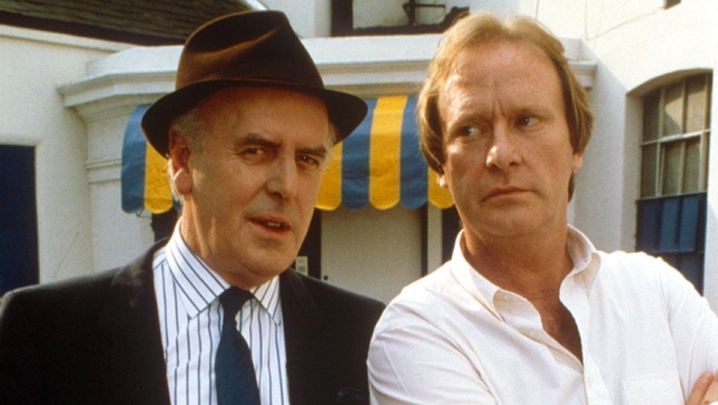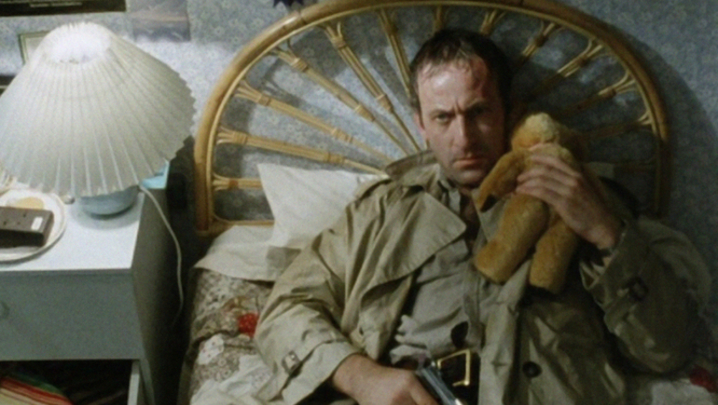The US sitcom both defined and transcended an era. Caroline Frost discovers why audiences remain addicted to it.
It’s a sign of a true TV phenomenon when any one of a handful of catchphrases, a haircut, a song about a malodorous puss or just a single word – “Pivot!” - can instantly propel you back to the turn of the millennium and six people gathered in a West Village apartment, always strangely affordable, or on their local coffee shop sofa, always strangely available.
Friends was that phenomenon and so it continues to be. It is one of Netflix’s biggest global titles. The show’s departure from the streaming giant’s US service ignited a fresh surge in DVD sales – 17 years after Friends signed off at NBC.
The show’s final episode aired to a US audience of more than 50 million, making it the fourth most-watched series finale in history.
By then, Friends had run for 10 seasons, an astonishing 236 episodes, and made superstars of its lead actors - Jennifer Aniston, Courteney Cox, Lisa Kudrow, Matt LeBlanc, Matthew Perry and David Schwimmer.
The show was originally devised by producers David Crane and Marta Kauffman around a simple premise, that of “six people in their twenties making their way in Manhattan”. For a decade, the show never strayed far from that single idea – and that, throughout the trials, triumphs and tribulations of early adult life, your friends become the family you choose.
Rewatching Friends now, what’s freshly impressive is how fully formed each of the characters is from the off.
There are comprehensive back stories of family dysfunction as well as distinctive individual traits to each member of the group: Joey’s small brain but big heart, Monica’s incessant control-freakery, Rachel’s challenges with financial independence, Ross’s comfort with dinosaurs over people, Phoebe’s other-worldly quirkiness and Chandler’s good looks belying his sarcastic awkwardness.
It’s all there, as well as the group’s bottomless comradeship. Nobody misses a first night of Joey’s new play, and everyone, of course, attends the wedding of Ross’s ex-wife.
These six people may be competitive, cheeky and fall out with each other at regular intervals but, ultimately, this is a tight band whose bonds are fast and true. Knowing this makes for a very relaxing viewing experience.
Of course, this could all have become unbearably mawkish, but it is saved by the scripts. “The Friends writers room was simultaneously a party room and a prison cell,” according to Saul Austerlitz, author of Generation Friends: An Inside Look at the Show That Defined a Television Era.
Each 22-minute episode is packed with one-liners and running jokes that play to everything we already know, plus, most crucially of all, the stars’ great chemistry.
Only when guest stars such as Helen Hunt, George Clooney and Noah Wyle (as ER doctors, no less), Julia Roberts and Brad Pitt turn up to do a turn does it become clear just how special the interaction between our leading six really is. Their effortless timing and understanding of one another make them hard for even those talented co-stars to keep up with.
This strength in numbers was something the stars enjoyed off-screen as well, where their unity became a superpower when it came to salary renegotiation. By seasons 9 and 10, they were each earning $1m an episode, as well as pocketing syndication royalties from 2000 onwards.
Some of the storylines in Friends are more likely than others for a bunch of Manhattan twentysomethings, but we go with it, and them, through 10 seasons of births, deaths, secret romances, accidental weddings and judgemental parents.
Why? Because, just as for the gang on-screen, there’s a great comfort in knowing that we can always come back to that kitchen table or that coffee shop sofa, and revel in the company of those friends who, in the face of triumph or disaster, always have your back.
Friends is on Comedy Central and Netflix.




